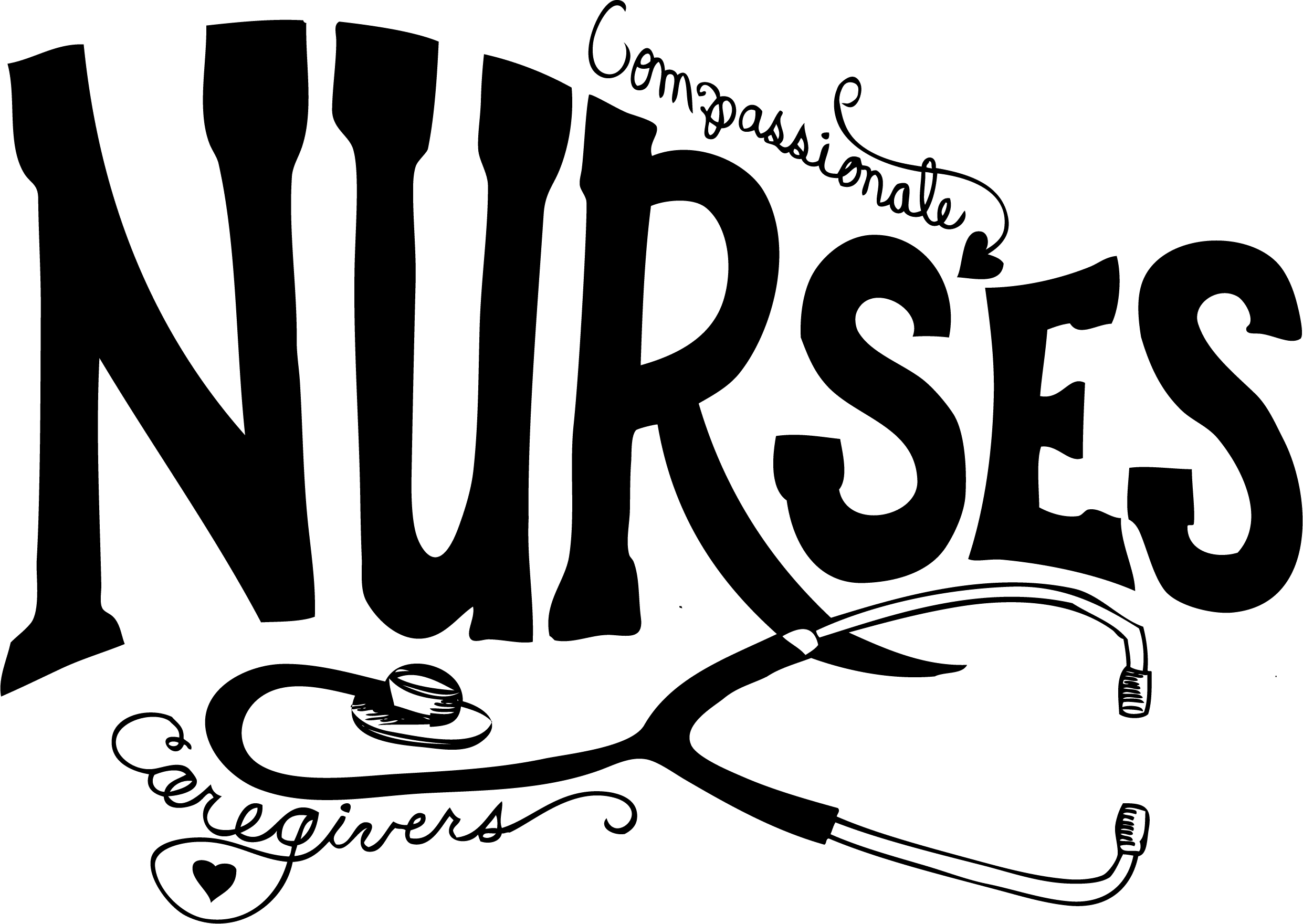
Do you know the difference between an LPN and an RN? If you’re like most, you probably know both options support a fulfilling career in nursing and healthcare. Even though they sound similar, you may be surprised how little they actually have in common when it comes to things like salary, education, and job responsibilities. For example, it is important to understand the differences between an LPN school and a BSN school.
If you’re about to embark on your journey towards a nursing career, there are few key discrepancies between a Registered Nurse (RN) and a Licensed Practical Nurse (LPN) you should know. Not sure which route is best for you? Start by learning the differences.
RN vs. LPN Education
One of the biggest differences between an RN and an LPN is the amount of time spent in school. An RN must receive a professional nursing degree to practice, which can take 18 to 48 months to complete – depending on what type of program the student picks. For example, a BSN (Bachelor of Science in Nursing) usually takes about four years to complete. There are options to finish quicker, though, like the accredited BSN program, which only takes three years. An associate’s degree in nursing (ADN) usually requires two to three years to complete.
On the other hand, most nursing students can earn a Practical Nursing Diploma from an accredited LPN school in around one year. Full-time LPN programs are available at many community colleges and vocational schools.
While every nursing program will differ, some commonalities students can expect are (supervised) clinical experiences and classes in pharmacology and biology.
RN vs. LPN Salary Expectations
An LPN salary is likely lower than an RNs salary. This is simply because RNs usually have more advanced training and are expected to carry out more complex types of patient care. RN and LPN salaries depend on where you live, job demand, education level, and experience.
According to the US Bureau of Labor Statistics, released in 2022, an RN’s median salary is $81,220, while the average LPN salary is $54,620. A general rule of thumb in nursing is that the more experience you have, the more you’ll get paid. Nurses who opt to specialize in critical care like the ICU, ED, L & D, or the OR usually take home higher paychecks. Usually, these more prestigious positions are given to RNs over LPNs. State and data area vary.
Certification & Licensure for RNs vs. LPNs
This is one significant similarity between the two. Both RNs and LPNs need to gain licensure from their state boards of nursing to practice healthcare.
The steps to licensure include:
- Passing a state nursing board-approved training program – either an RN program or LPN program with an approved curriculum.
- Passing a National Council Licensure Examination (NCLEX). The exam for LPNs is the NCLEX-PN, and the exam for RNs is the NCLEX-RN. The exam must be passed in order to become licensed and eventually become employed.
- Applying for a state license. (Application fees depend on where you live.)

Work Settings & What to Expect
When many of us think of a nursing career, our minds automatically think of long shifts at the hospital, assisting the doctor with the latest emergency surgery. But for LPNs, that’s usually not the case. More LPNs work in long term care than in any other setting. Many LPNs opt to work in a long-term care facility because they have more job growth opportunities. As they move up the ranks, LPNs will usually supervise the nursing assistants who are responsible for basic tasks like changing bedding, bathing patients, or swapping out bedpans.
Who Works Where
BLS Reports show that 35% of LPNs work in nursing and residential care facilities, 15% in hospitals, 12% in offices of physicians, and 13% in home healthcare services. LPNs working in hospitals usually see fewer advancement opportunities. You’ll typically find LPNs doing basic tasks like taking vitals and not in the middle of the action in the ER or caring for babies in the NICU.
RN vs. LPN Job Responsibilities
What does a registered nurse do that’s different from a licensed practical nurse? While they often work together in a hospital or healthcare facility, their jobs’ roles and responsibilities are diverse.
LPNs are typically responsible for providing more basic nursing care, and by law, RNs are required to oversee LPNs. RNs are usually in charge of most nursing care, like administering medicine, putting in IVs, creating treatment plans, and updating the patient’s physician.
What to Expect: RN Job Duties
RNs are required to be able to perform all LPN duties along with additional responsibilities. The job description can include the following:
- Administer and monitor patient medications (including IV)
- Manage fistulas
- Emergency response using BLS (Basic Life Support), ACLS (Advanced Cardiac Life Support), and/or Pediatric Advanced Life Support (PALS)
- Wound care
- Administer chemotherapeutic and antineoplastic agents
- Create a care plan for the patient
- Measure vital signs and recognize and address abnormalities
- Admit and discharge patients
- Supervise LPNs
- Ensure patient safety – AKA “do no harm”, or nonmaleficence
What to Expect: LPN Job Duties
LPNs will provide fundamental nursing care under the supervision of an RN. Some of the tasks Licensed Practical Nurses are expected to perform may be:
- Administering oral, rectal, and topical medications
- Administering intravenous (IV) medications if certified (varies from state to state)
- Taking vitals
- Feeding, dressing, and washing patients
- Monitoring IV sites
- Change wound dressings
- Caring for patients with ventilators, tracheostomy tubes, and nasogastric tubes
- Emergency CPR
- Collecting specimens (capillary blood, stool, and urine)
- Documenting for patient’s medical record
- Inserting and caring for urinary catheters
- Providing ostomy care
Information in this blog post is accurate as of December 2, 2020.
Start Your Future in Nursing Today

If you’re considering a career as a registered nurse (RN), Arizona College of Nursing is here to help you pursue your dream. Our BSN program enables you to earn a Bachelor of Science in Nursing in just 3 years or less with qualifying transfer credits. We’ve helped hundreds of students to earn a BSN degree and enter the nursing profession – and we’re ready to support you on your path to becoming an RN.
Why Choose Arizona College of Nursing?
- Earn a BSN degree in 3 years or less with eligible transfer credits
- Campus locations throughout the US
- Night classes for general education courses
- Hybrid Online/In-Person format for general education classes
- Nursing education is all we do
- CCNE-Accredited Program*
- NCLEX-RN success coaches and exam preparation class
- Financial aid available to those who qualify
Discover Your Path to a Career in Nursing
Information in this post is accurate as of December 2, 2020.
*The Bachelor of Science in Nursing (BSN) degree program at Arizona College of Nursing is accredited by the Commission on Collegiate Nursing Education (https://www.aacnnursing.org/). All Arizona College of Nursing and Arizona College campuses are institutionally accredited by the Accrediting Bureau of Health Education Schools (https://www.abhes.org/), a U.S. Department of Education-recognized accrediting agency.








